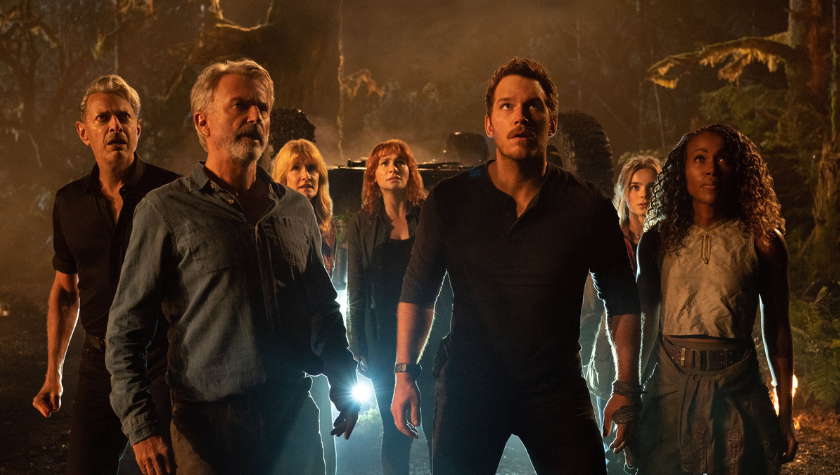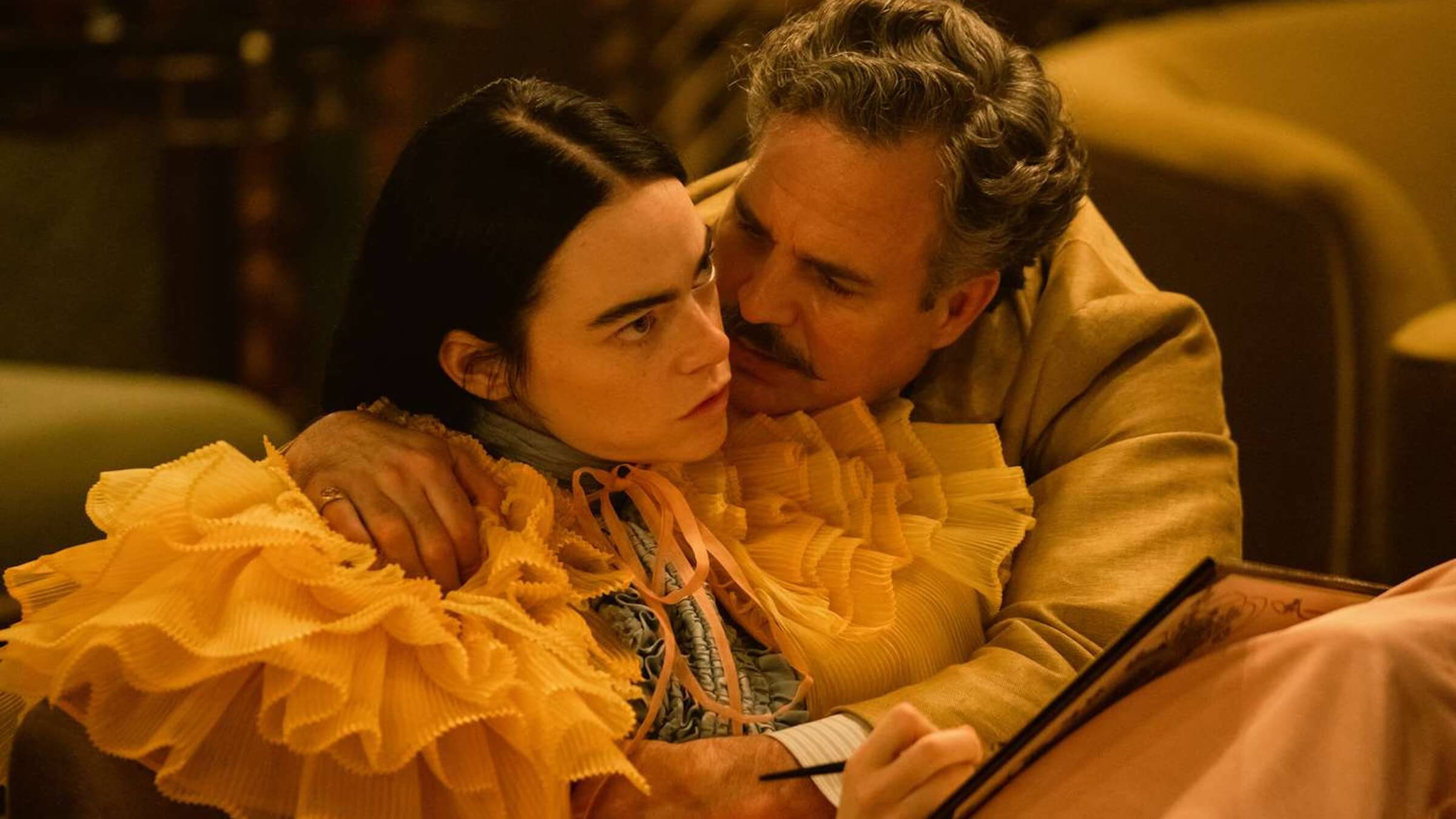5 Screenwriting Takeaways: ‘The Worst Person in the World’
March 11, 2022
Julie is turning thirty and she doesn’t quite have her life together. What makes this type of character compelling is that she is relatable to anyone near the same age going through similar circumstances — and if you’re over thirty, The Worst Person in the World takes you back to that time in your life when you, too, didn’t know what you wanted to do with your life yet.
The Worst Person in the World finds Julie battling indecisiveness as she figures out her career path and where her heart lies. The film is a combination of romantic-comedy and drama starring Renate Reinsve (who won Best Actress at the Cannes Film Festival where the movie premiered), Anders Danielsen Lie, and Herbert Nordrum. It was written by Joachim Trier and Eskil Vogt, and directed by Joachim Trier.
Here are your five screenwriting takeaways from the third film in Trier’s “Oslo Trilogy”: The Worst Person in the World.
1. Break some rules
An occasional narrator. The narrative plays out like a book complete with a prologue, chapters and an epilogue. Freezing the characters as Julie (Reinsve) tracks down Eivind (Nordrum), a man she loves. The Worst Person in the World breaks these filmmaking rules while it tells Julie’s story, being apropos of Julie’s personality, and thus why the tactics work so well.
Just like Scorsese breaks rules in Goodfellas or Nolan in Memento, the broken rules aren’t there for show — so writers shouldn’t do this just because another filmmaker has. The advice is always to know the rules, so you know how to break them. Trier and Vogt don’t forget this. Writers can see how this film navigates around the rules and serve a purpose in telling the story.
2. Driving the story forward
The idea of breaking up the film into 12 chapters, as well as the prologue and epilogue, is a compelling way for the filmmakers to keep the movie moving forward. Each chapter acts like a smaller movie that could work as a stand-alone short film, yet it’s all part of the same narrative.
Each chapter that pops up also informs the audience of what the following scene will be about. It’s not such a big deal at the beginning of the film, but as the story continues, these chapter titles engage the audience and make them curious about how the chapter will play out with the characters we’re following.
Also, these specific scenes have a precise purpose and help tell the major points of Julie’s journey. What writers can see is a unique way of breaking down the beats of their story and ensuring each one has a beginning, middle and end, as well as a conflict that keeps the audience engaged. While these are obvious points, The Worst Person in the World offers a fresh take on a way writers can view their outline.
3. Write the story you want to tell
Screenwriters have it hard. What genre do you want to write? Is your story going to be commercial? Will anyone want to buy it and, if so, will anyone want to watch it?
But one surefire takeaway that writers can gather from The Worst Person in the World is to write the story you want to tell. The film is an original take on something very familiar. Not to downplay the merits of this film or talk poorly about another genre (because I do genuinely enjoy them) but the plot of a woman in her early-thirties struggling with indecision in her personal and professional life is the foundation for most Hallmark rom-coms.
Strangely, this film feels like a movie that wouldn’t get greenlit today, and yet it was. Remember what fellow scribe William Goldman proclaimed: In Hollywood, no one knows anything. Writers can takeaway that whatever they choose to write, make sure it’s great and original. That way, regardless of the genre, it will garner attention and potentially find its way to the top.
4. Arc vs. Character
What’s more important? The arc of the character or who the character is? There are arguments for both, but The Worst Person in the World is more about who the character is and how she manages her way through situations than her actual character arc, which is minimal. Arcs are important but, truthfully, how much does Indiana Jones change in any of the four franchise films? It’s the character that interests the audience and it’s their journey we want to embark on.
Julie is a compelling character and the audience wants to follow her and live vicariously as she makes a few bad decisions and indulges in conversations many won’t have, but would love to be a part of.
Writers can see how important it is to focus on the character of the film almost more than anything else. A plot may be interesting, action set pieces may capture the eye, but the audience remembers character most. And with this film, the viewer will remember Julie far longer than they’ll remember what happened.
5. What is the movie about?
There are chapters, an exciting character, and the story is original. But what’s it about? Like any writer working to create their next story, the movie has to be about something. The Worst Person in the World seems to be about love and how to think about one’s life.
The first scene in the movie, the prologue, shows Julie going through a series of thoughts on her career. She’s in college and dipping her toes in medicine, then psychology, then photography. It sets up the story that, although Julie may not know specifically what she wants to do, she is in control of her decisions — she has autonomy.
Writers see how theme will guide the character and the journey they take. More than plot, the deeper theme of the story is what your movie is all about.
The Worst Person in the World is currently nominated for Best Original Screenplay and Best International Feature Film at the Academy® Awards, and is playing in theaters.
Written by: Steven Hartman
Steven Hartman is an award-winning, optioned screenwriter. He was a Top 5 Finalist in Big Break’s Historical Category in 2019 and won Best Action/Adventure in Script Summit’s Screenplay Competition in 2021. He holds a Bachelor of Arts degree from Columbia College and had internships at Jerry Bruckheimer Films and Village Roadshow Pictures. Steve is a full-time writer and creative video producer by day and a screenwriter and novelist by night.



